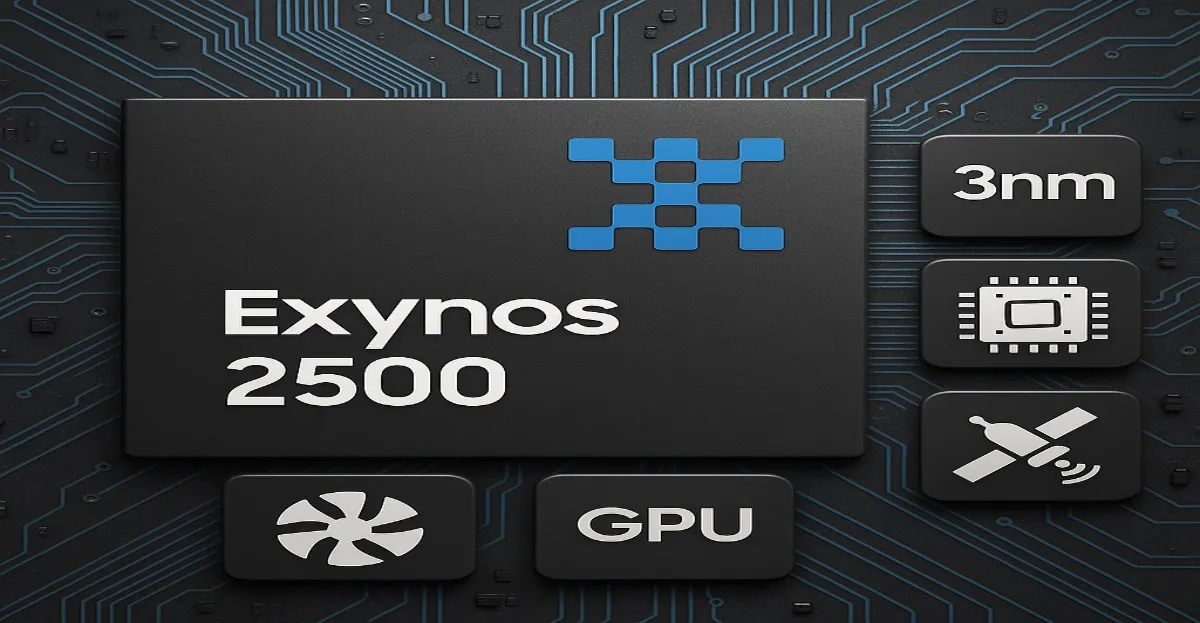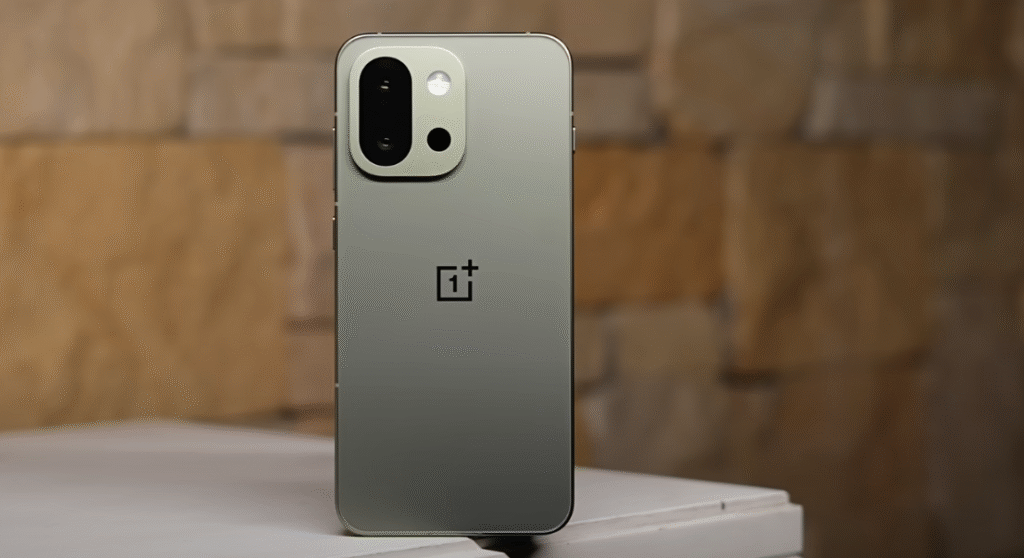Alright, let’s get right into it. The Exynos 2500 has finally landed, and honestly, this is the most excited I’ve been about a Samsung chip in years. Why? Because this isn’t just another incremental update it’s Samsung’s boldest move yet in the silicon wars, and it’s packing some serious muscle.
We’re talking about a brand-new 3nm GAA (Gate-All-Around) process, a deca-core CPU headlined by the Cortex-X925, a next-gen Xclipse 950 GPU, and yep native satellite messaging baked right in. For anyone who’s been following the Exynos journey (and yes, I’ve tested every generation since the OG Galaxy S), this feels like a true turning point.
Exynos 2500 Features: What’s New?
Let’s break down what’s confirmed and what’s still rumor territory:
- 3nm GAA process: This is Samsung’s most advanced node yet, promising better efficiency and cooler temps under load.
- CPU: 10 cores, led by a Cortex-X925 (sometimes listed as Cortex-X5), clocked at 3.3GHz, with a mix of Cortex-A725 and A520 cores for balance.
- GPU: Xclipse 950, based on AMD’s RDNA architecture, said to be up to 35% faster than the previous gen.
- On-device AI: The NPU can hit 59 TOPS, which is a 39% jump over last year’s Exynos 2400. Think smarter camera features, real-time translation, and more.
- Satellite messaging: Not just a gimmick this could be a lifesaver in remote areas or during emergencies.
- Memory: LPDDR5X support, UFS 4.0 storage, and up to 77 GB/s bandwidth.
- Security: Features next-level on-chip security, creating an ironclad vault for sensitive data like payments and biometrics
Design & Display Expectations
Okay, so the chip itself isn’t something you’ll see, but it’s 3nm GAA process means thinner, lighter phones with better battery life. If Samsung pairs this with their latest AMOLED panels and slimmer bezels, expect Galaxy S26 and Z Flip 7 devices to feel even more premium in the hand. I’m betting on better thermal management too, no more “hot potato” moments during gaming marathons.
Exynos 2500 Camera Performance: What to Expect from Your Photos
Here’s where things get juicy. With the beefed-up NPU and ISP, the Exynos 2500 should enable real-time 8K video recording, improved night mode, and wild AI tricks like instant background removal or live translation in video calls. I wouldn’t be surprised if we see 200MP sensors pushed even further, with multi-frame AI processing making your low-light shots look like they were taken at noon.
Exynos 2500 Performance: Benchmarks & Real-World Speed
Now, the numbers. The Exynos 2500’s Antutu score is clocking in around 2.2 million, a solid 25% leap over the Exynos 2400. Geekbench 6 scores are landing in the 2,300–2,650 range for single-core and 8,000–9,800 for multi-core, depending on the device and cooling. That’s not just fast, it’s flagship-level, nipping at the heels of Qualcomm’s best and occasionally outpacing Apple’s A-series in multi-core bursts.
Real-world? Expect buttery-smooth gaming, zero lag in multitasking, and improved battery life thanks to the 3nm process. My gut says we’ll see all-day endurance, even with heavy camera or AI use.
Software & AI Capabilities
With Android 15 and One UI 7 likely onboard, the Exynos 2500’s on-device AI is going to shine. Think live photo editing, smarter voice assistants, and privacy-focused features that keep your data on your device. Samsung’s pushing hybrid AI, so you get cloud smarts when you need them, but plenty of power offline too.
Exynos 2500 Release Date & Compatible Phones
The Exynos 2500 has officially landed and is confirmed to debut globally with the Galaxy Z Flip 7, launching on July 9, 2025. While it will power Samsung’s next foldable, its inclusion in the Galaxy S26 series (expected early 2026) will likely follow a mixed strategy with Snapdragon in certain markets
Exynos 2500 vs. Dimensity 9400: Which Chip is Better?
Time to get nerdy for a sec: let’s dive into the core comparison of how the Exynos 2500 stacks up against MediaTek’s Dimensity 9400.
| Feature | Exynos 2500 | Dimensity 9400 |
| Process | 3nm GAA | 3nm (TSMC) |
| CPU Cores | 10 | 8 |
| Max CPU Clock | 3.3 GHz | 3.63 GHz |
| GPU | Xclipse 950 (AMD) | Mali-G925 Immortalis |
| AnTuTu Score | 2,213,797 | 2,561,838 |
| Geekbench Single/Multi | 2,648 / 9,881 | 2,874 / 8,969 |
| Memory Bandwidth | 77 GB/s | 85.3 GB/s |
| Satellite Messaging | Yes | No |
So, the Dimensity 9400 edges ahead in raw benchmarks and memory bandwidth, but the Exynos 2500 fires back with more cores, a beefier GPU for ray tracing, and satellite messaging a real-world feature that could tip the scales for some users.
Exynos 2500 vs. Exynos 2400: Is it a Big Upgrade?
Compared to the Exynos 2400, this is a leap not a step. We’re seeing up to 25% better Antutu scores, a 39% AI performance boost, and a GPU that’s up to 35% faster. It’s not just about numbers; it’s about smoother gaming, faster photo processing, and smarter, more responsive devices.
Exynos 2500 Review: Should You Buy a Phone With It?
Let’s be honest Samsung’s Exynos chips haven’t always been the crowd favorite, but the Exynos 2500 feels like a comeback. If you care about AI features, gaming, or just want a phone that won’t break a sweat in 2025, this is the chip to watch. I can’t wait to get my hands on a retail device for some real-world testing, but all signs point to Samsung finally closing the gap with Qualcomm and MediaTek.
Ready for the next wave of Samsung flagships? What are your thoughts or burning questions about the Exynos 2500? Share in the comments below – what feature excites you most about Samsung’s newest chip?












Leave a Reply
You must be logged in to post a comment.